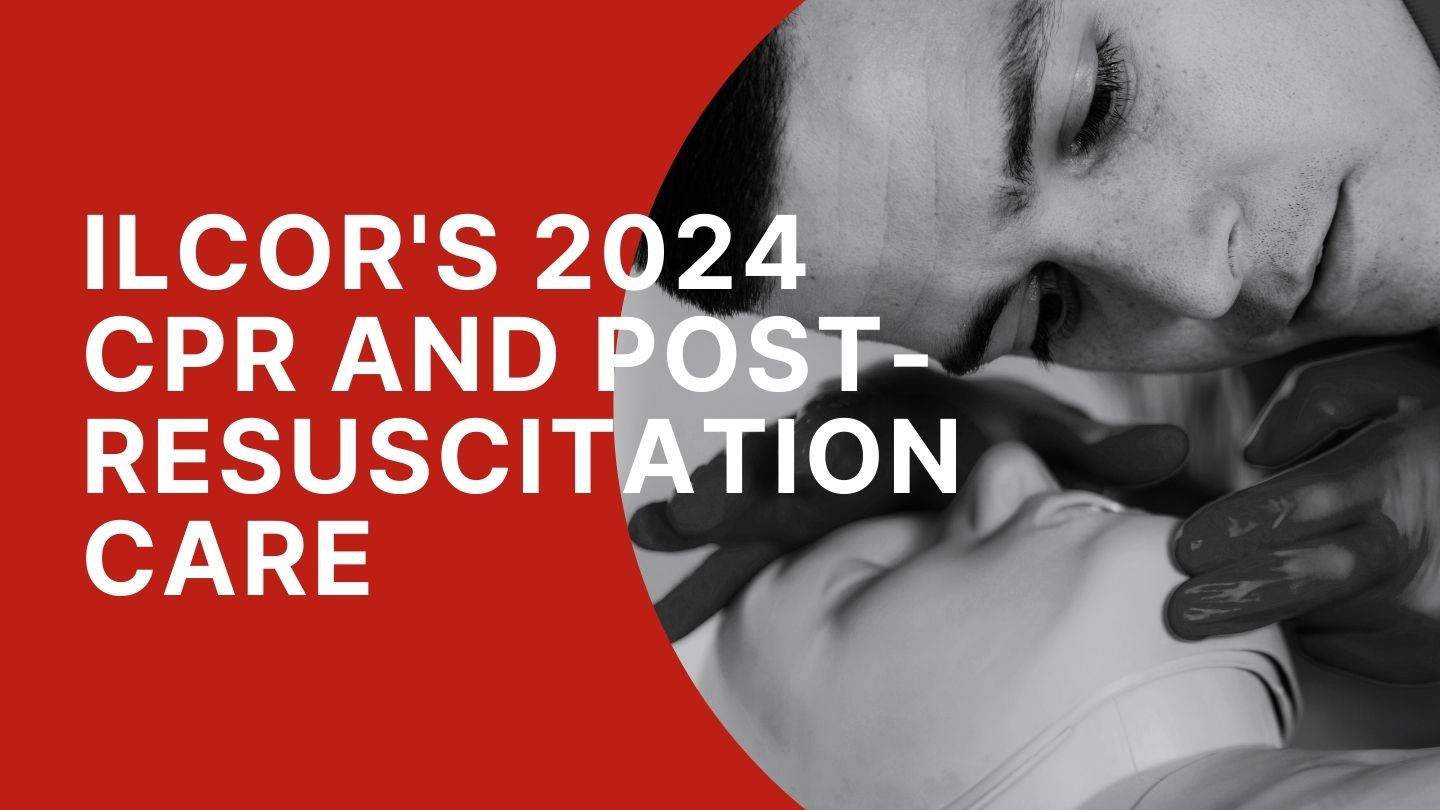
In November 2024, the International Liaison Committee on Resuscitation (ILCOR) published its 2024 International Consensus on Cardiopulmonary Resuscitation and Emergency Cardiovascular Care Science With Treatment Recommendations. This comprehensive update aims to refine practices in resuscitation and post-resuscitation care, offering actionable insights for healthcare providers worldwide.
Immediate CPR on a Firm Surface
The updated guidelines highlight the importance of initiating CPR on a firm surface. Studies have shown that chest compressions performed on a hard surface are more effective at maintaining adequate blood circulation during cardiac arrest. However, ILCOR stresses that immediate action takes precedence—delaying CPR to relocate the patient should be avoided unless it can be done quickly and safely.
This emphasis is based on research compiled by ILCOR’s Resuscitation Science Task Force, which found that high-quality compressions on a firm surface significantly improve outcomes compared to compressions performed on a soft surface. The goal is to balance effectiveness with timeliness to maximize survival rates and minimize complications.
Post-Resuscitation Care
For patients who achieve the return of spontaneous circulation (ROSC) after cardiac arrest, ILCOR has provided clear targets for hemodynamic management:
These recommendations aim to standardize post-resuscitation protocols across healthcare systems, ensuring consistent and effective care for patients of all ages.
Impact on Global Resuscitation Practices
ILCOR’s 2024 Consensus underscores its commitment to evidence-based practices that enhance survival rates and neurological outcomes following cardiac arrest. By integrating the latest research, the guidelines aim to provide a unified approach for resuscitation care globally.
The updated recommendations also focus on strengthening the link between CPR quality and post-resuscitation management. Healthcare providers are encouraged to adopt these protocols and undergo continuous training to stay aligned with evolving practices.
Sources